Designer Crush: Narrative Design Studio
Author:Lindsey ShookSan Francisco-based design firm Narrative Design Studio‘s work is rooted in understanding the historical and environmental influences of each property they transform. With a deep appreciation for craftsmanship, they focus on curating highly unique spaces that tell a story. Here, we share a conversation with the founder Shannon Torrey Niehenke about her background and how her firm approaches their work.
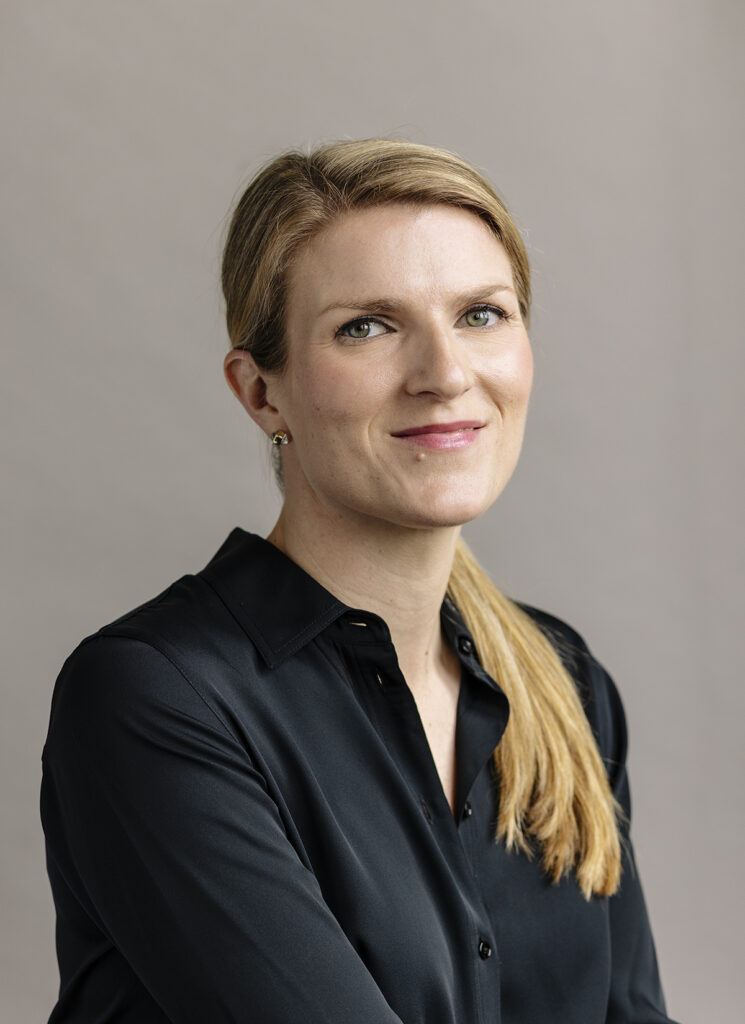
-How has being raised in the Bay Area shaped you as a designer? While growing up in the suburbs of the Bay Area, we would drive into the city, and I remember my face being glued to the car window. I was so fascinated by what a different world it was in San Francisco. The museums, the different cultures, the architecture and the landscape have all shaped me into the designer that I am today. I loved it and knew I would end up living in the city one day.
-In what ways did studying and living in Italy and England during high school and college direct your personal aesthetic? It’s always hard for me to say that I have a personal aesthetic, because I appreciate so many styles. It’s why I became a designer! I can say that living abroad taught me to design with a more eclectic approach. We tend to incorporate new and old pieces into every project, and we always research the history and context of a place before we start designing. Italian Mid-century is one of my favorite periods and I lean towards that genre if it’s appropriate for the project. Milan interiors have always been a source of inspiration for me.
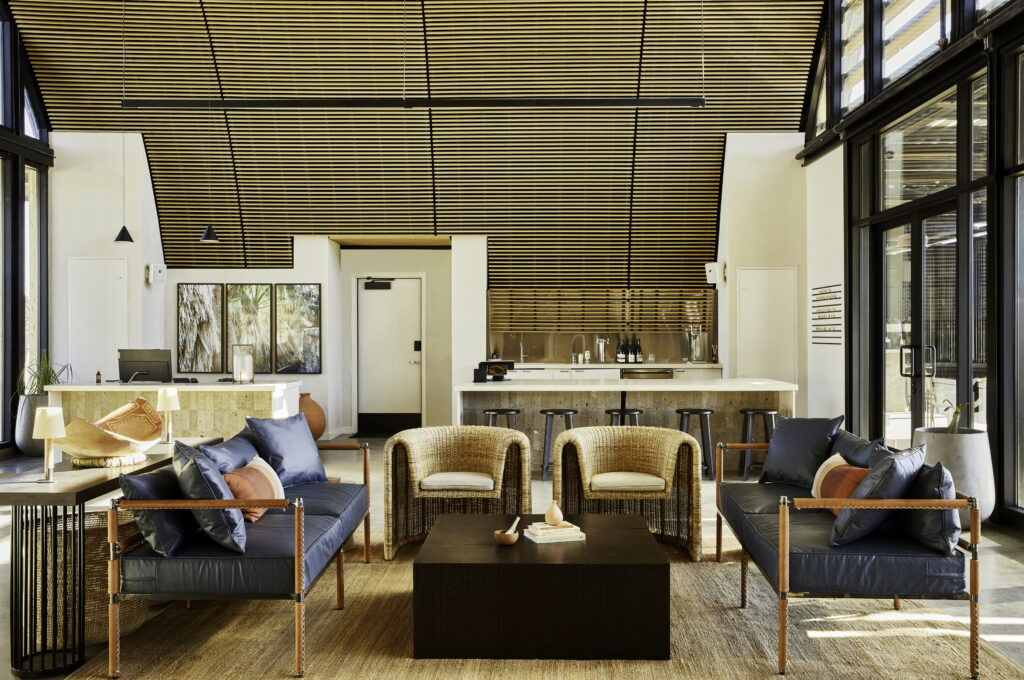
-You have worked for two very great firms, Brayton Hughes and NICOLEHOLLIS. What are the two key learnings you took from both jobs? Brayton Hughes was the first firm that I worked for after college. I was hired for a hospitality position when I had no idea at the time that I wanted to do hospitality. I primarily worked on Four Seasons and Ritz Carlton projects, which were a dream to work on as a junior designer. I was hooked on hotel design after that.
At NICOLEHOLLIS, I really learned how to concept. We would spend weeks pulling mood imagery together and gathering information to come up with a rich story that would guide the entire project. I feel it’s critical to have a strong narrative (hence our firm’s name) from the very beginning. The concept is what you keep coming back to throughout the process and it also helps the client understand your reasoning behind every decision.
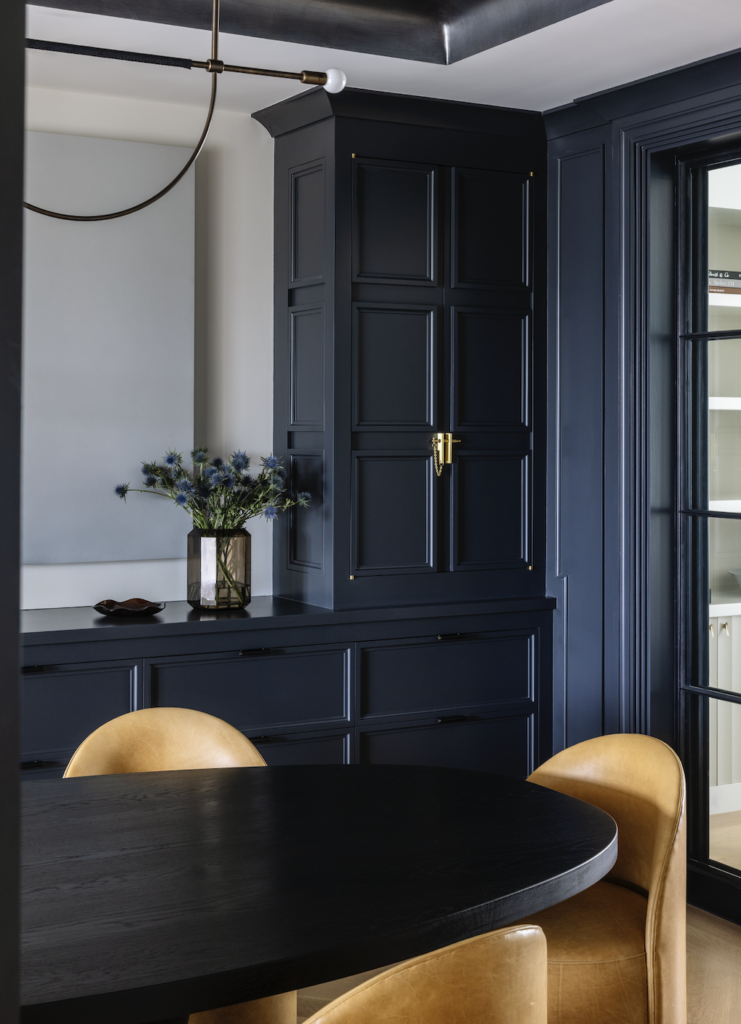
-Which designer influenced your career the most and why? My mother is not an interior designer, but she has by far been the biggest influence on my design career. She is a jewelry designer, calligraphist, artist and all around creative. Growing up, we always had projects going on at the house, and she was always experimenting with new mediums. She has always encouraged me to pursue my artistic endeavors and I would not be where I am today without her.
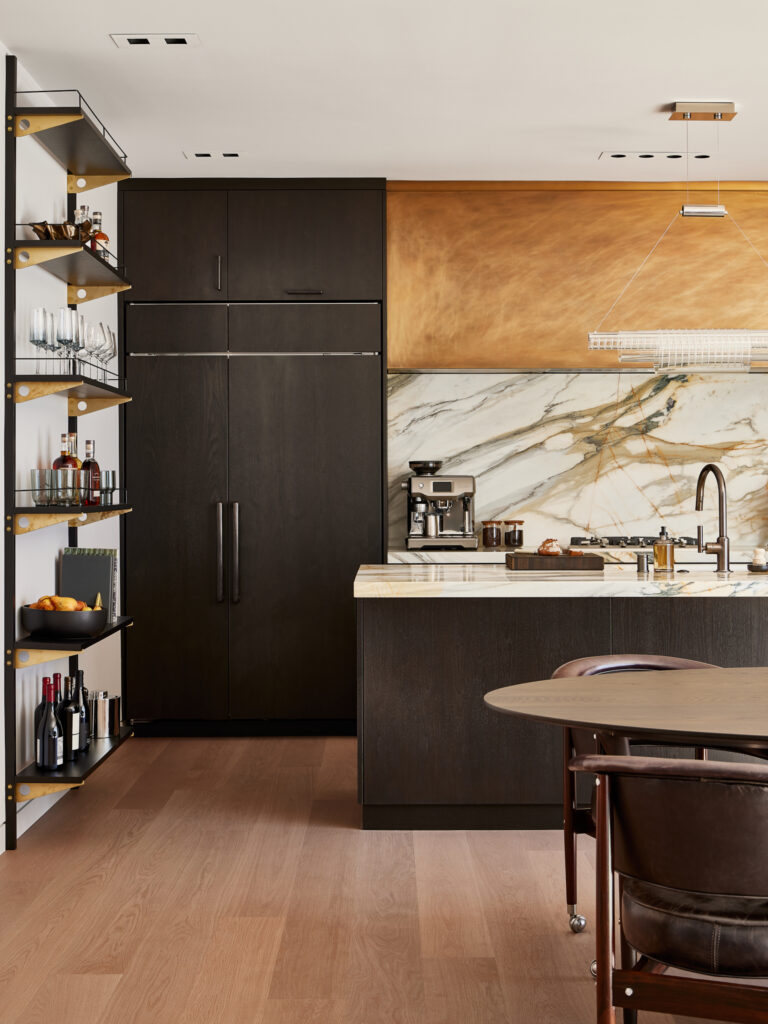
-Do you prefer working on residential or hospitality projects? I love working on both for different reasons. I have always enjoyed creating projects that so many people can experience. The most satisfying feeling as a hospitality designer is going into a space you’ve designed and seeing it bustling with people. Residential design on the other hand is so much more personal. As a designer you get to know your clients so intimately and are entrusted with creating what may be their forever home. We also enjoy working with artisans and fabricators on more one-of-a-kind pieces that might not be the right fit for a hotel project. Having a balance of residential and hotel projects is ideal for us, and it keeps us on our toes.
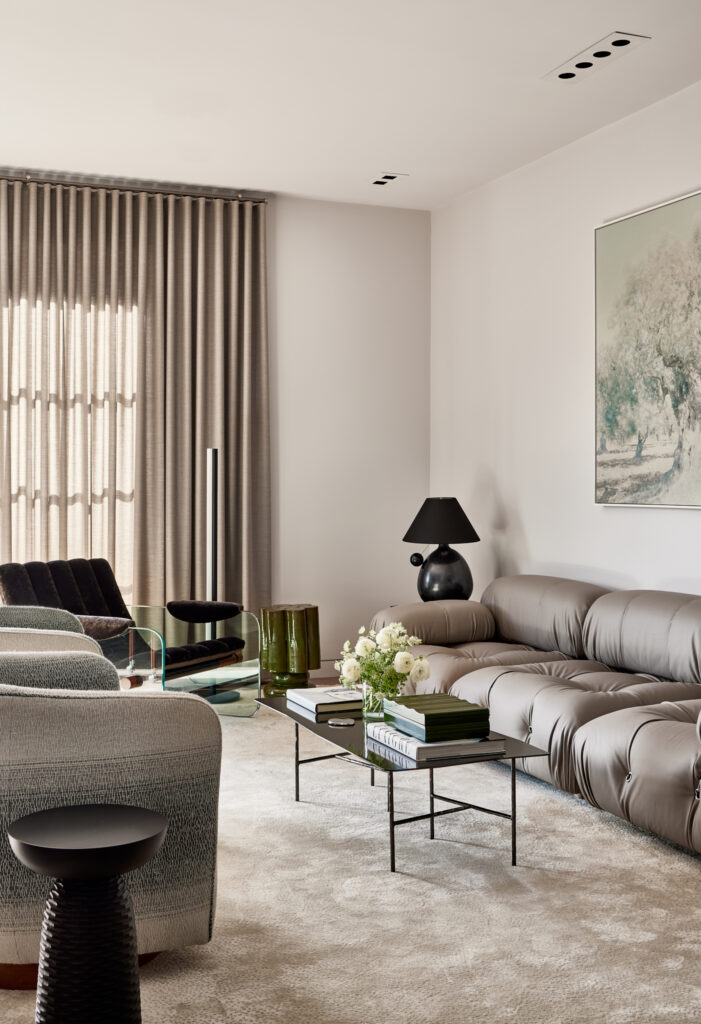
LIGHTING ROUND!
-Which is your favorite Bay Area showroom? Almond & Company.
-Where is your go-to escape in California? There are too many to list! One favorite is Korakia in Palm Springs.
-If you weren’t a designer, you would be? A painter.
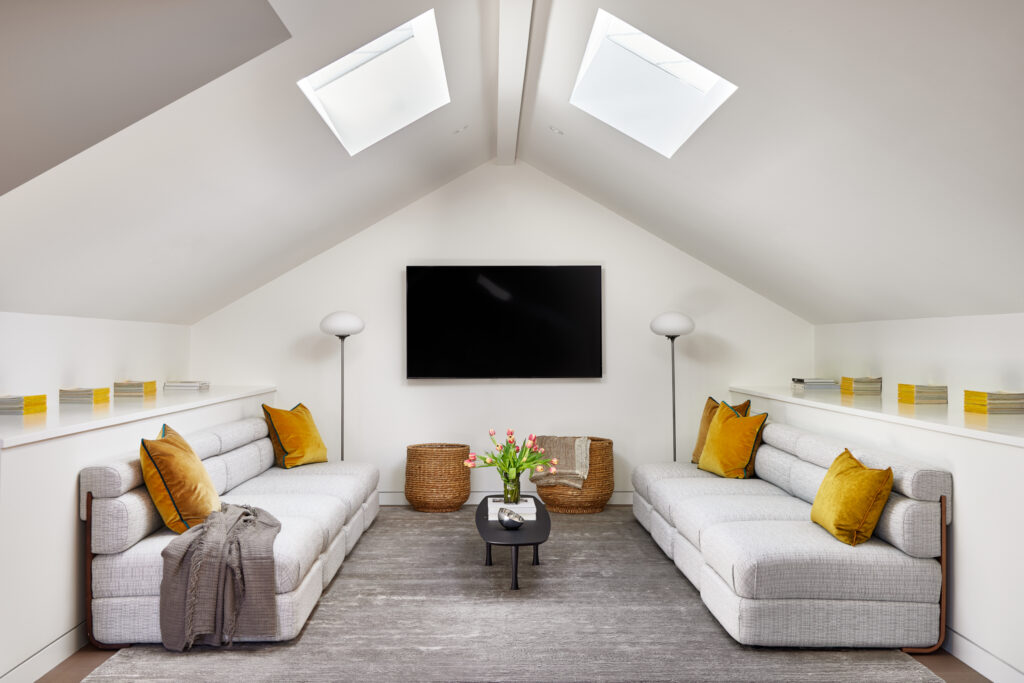

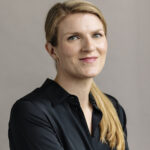
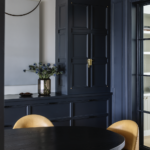



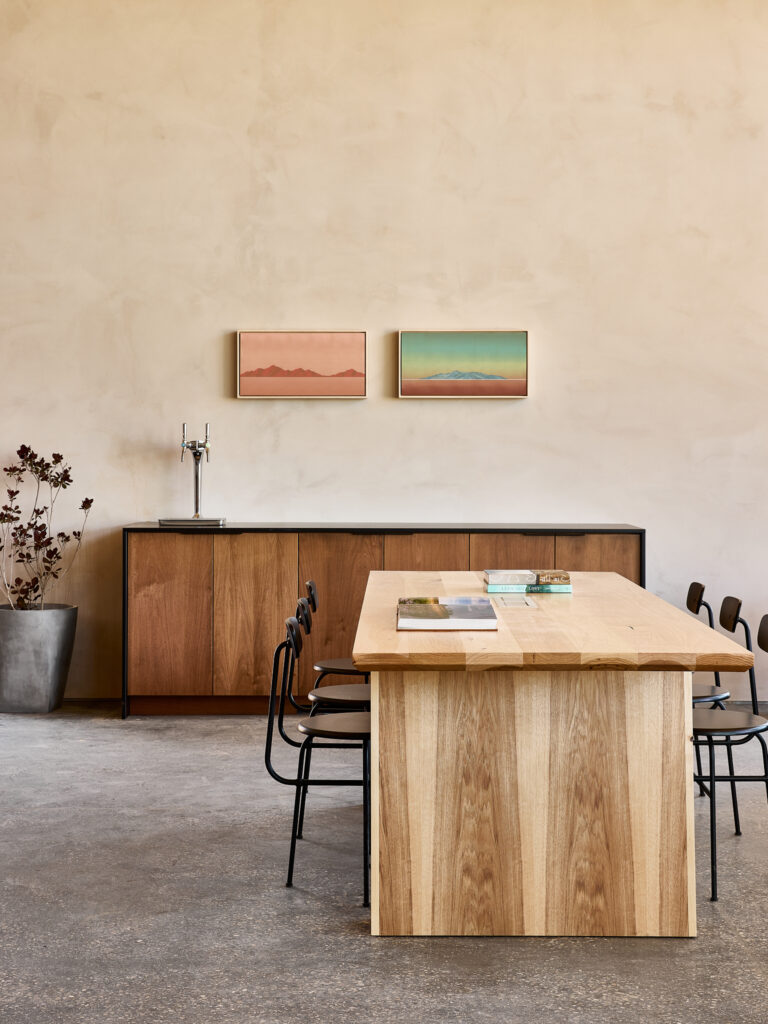 Auto Camp Zion. Photo by Matt Kisiday.
Auto Camp Zion. Photo by Matt Kisiday.


